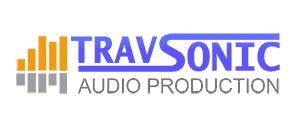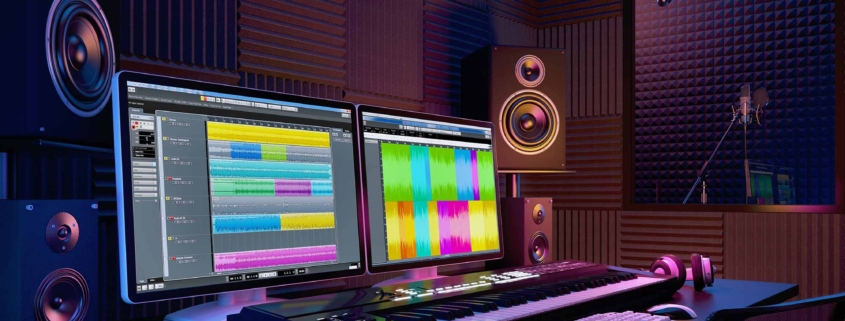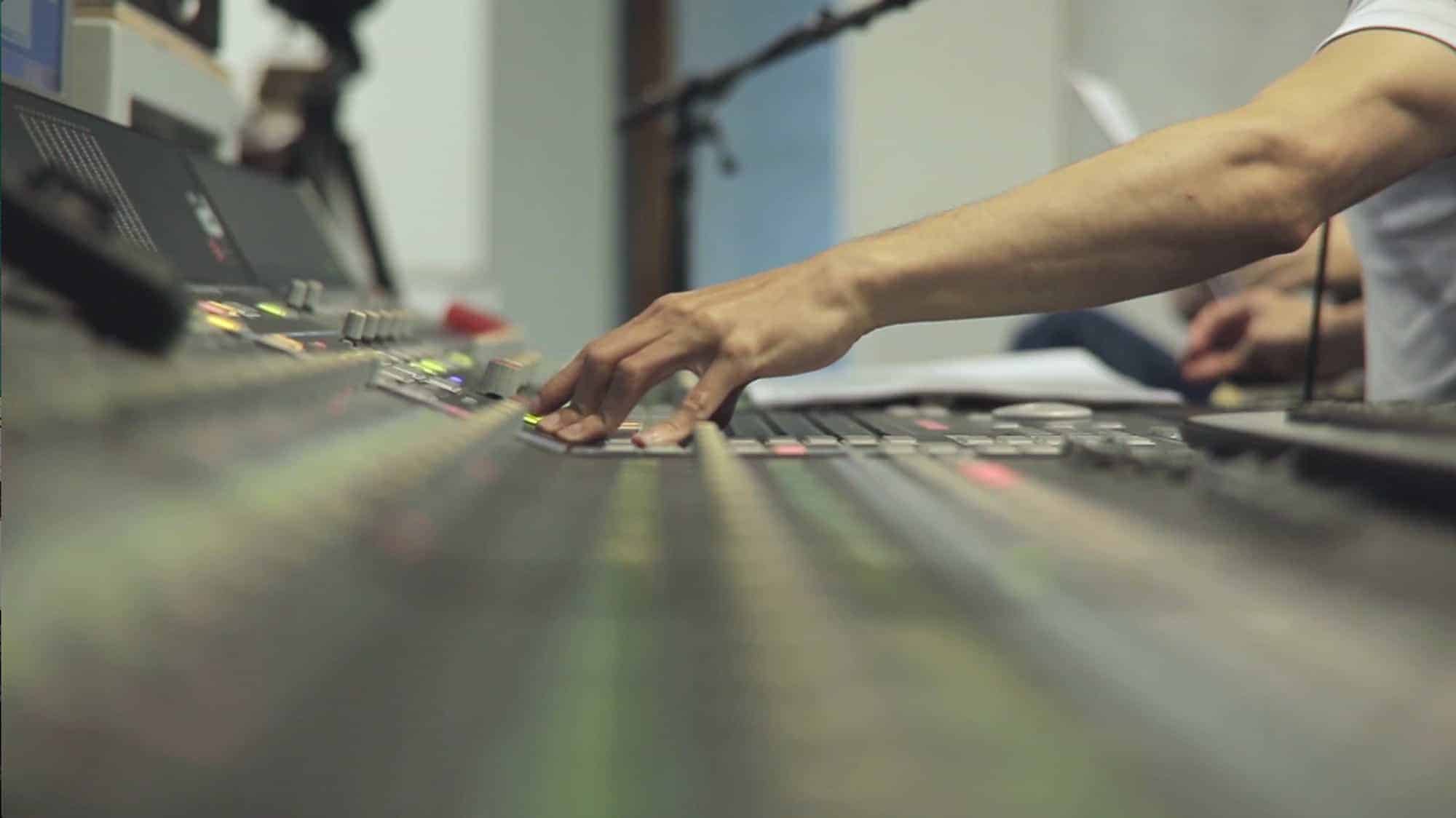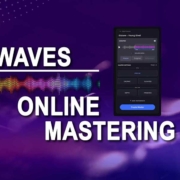How the Digital Age Revolutionized the Recording Studio & Production
For decades, recording studios were known as large soundproof buildings with specialized audio gear that were very expensive to construct and manage. The audio equipment and instruments alone were unreachable to purchase for most artists. The owner of a recording studio had to get a loan which was almost like a mortgage.
How much did it cost to build a recording studio decades ago?
The average cost to build a professional recording studio in the 90s was $200,000 – $1,000,000 depending on the size and equipment. This didn’t include renting or purchasing the building it was housed in. The overhead to operate these studios was another hurdle the owner had to deal with.
Today, we live in a different era where technology has shrunk the financial gap as well as accessibility to record music and facilitate production. Now you can build a home digital audio studio setup easily for about $5,000 to $20,000.
What is the digital age and how has it changed the recording studio experience?
In the late 90s to early 2000s, the recording industry entered the digital age. It was still fairly expensive when digital audio was first introduced. After 20 years, the price of digital audio equipment has gone down to where almost everyone can record on their own with just a laptop, microphone, and audio interface.
The digital age has drastically changed the way recording studios operate. From the equipment they use to the way they produce music, modern recording studios are a far cry from their analog predecessors. With the advent of digital audio workstations, producers can quickly and easily manipulate sound and create complex compositions in a fraction of the time it used to take.
Digital production has allowed for more creativity and experimentation in the recording process, resulting in a higher quality of output. Additionally, digital technology has allowed for more efficient production methods such as remote collaboration between artists and engineers located anywhere in the world.
The digital age has revolutionized how music is recorded and produced, making it easier than ever before to create professional-sounding records.
The Impacts of Digital Audio Workstations (DAW) on Recording Studios
The Digital Audio Workstation (DAW) is revolutionizing the way recording studios operate. The use of DAWs has made it easier and faster to create high-quality audio recordings, while also reducing the cost of production. With the help of DAWs, recording studios can now produce professional-grade audio in a fraction of the time and cost that was previously required.
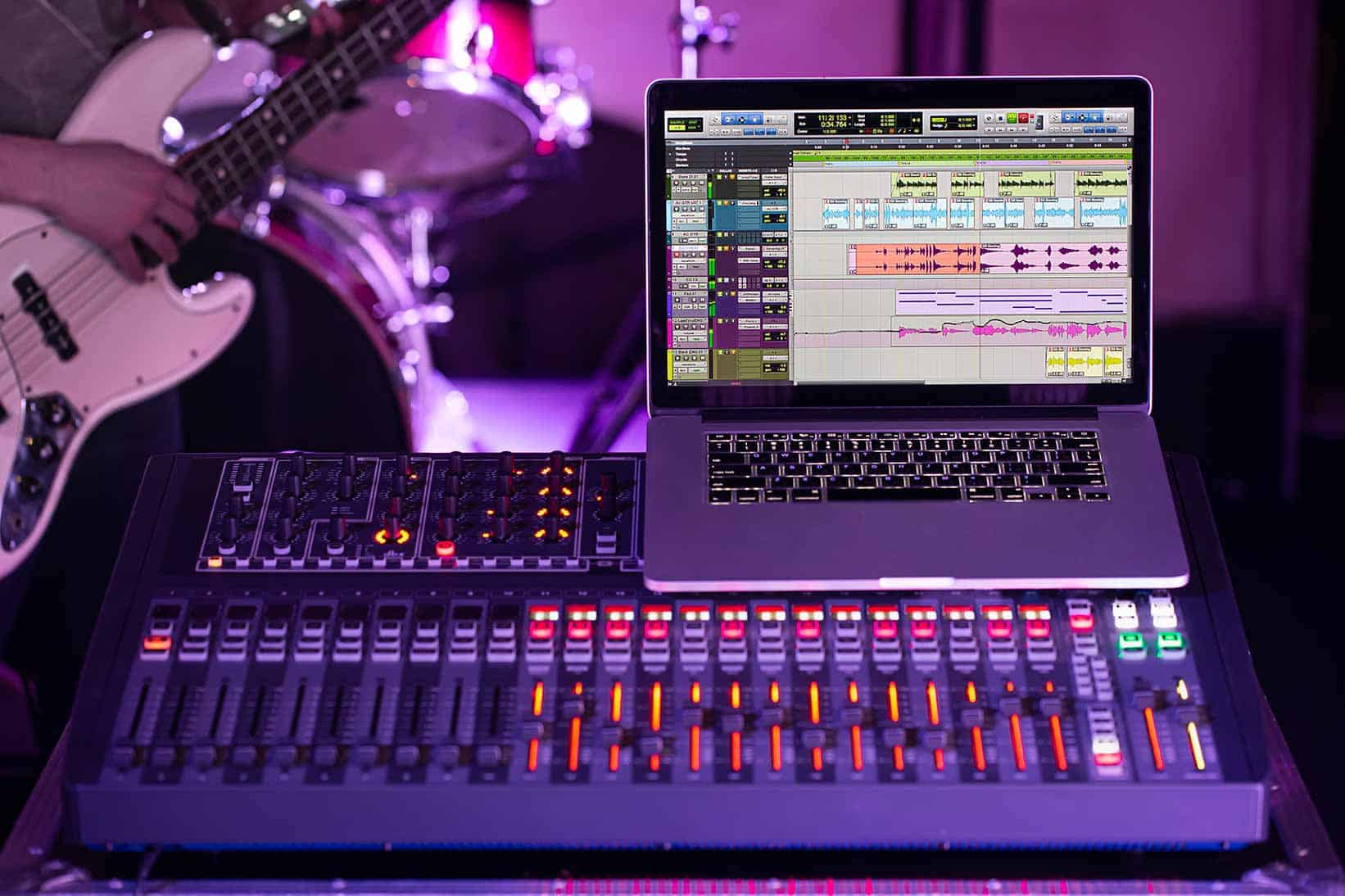
Avid Pro Tools DAW. Photo by Pvproductions – Freepik.com
Moreover, with a wide range of features such as multi-track recording, real-time audio manipulation, and automated mixing tools, DAWs have enabled recording studios to create complex soundscapes quickly and easily. As a result, they are now able to provide their clients with higher-quality recordings at lower costs than ever before.
The impacts of Digital Audio Workstations on recording studios are far-reaching and will continue to shape the industry for many years to come.
The Growth of Online Mixing & Mastering Services in the Digital Age
The digital age has seen tremendous growth in online mixing and mastering services. With the help of these tools, artists and producers can use these services to enhance mixes and masters without having to invest in expensive studio equipment.
What is LANDR and What Does it Offer Musicians?
LANDR is one of the first online platforms designed to help musicians create, mix, master, and distribute their music. With LANDR, you can create professional-quality audio without the need for expensive equipment or an in-depth knowledge of audio engineering.
These tools provide an affordable alternative to traditional methods of mixing and mastering, allowing musicians to achieve great-sounding results at a fraction of the cost.
The growth of online mixing & mastering tools has revolutionized the music industry by providing artists with access to professional-level production capabilities without breaking the bank.
The Impact of Remote Recording And Online Cloud Collaboration
The remote recording process has revolutionized the audio production industry, making it easier and more efficient for musicians and producers to collaborate on projects. With the introduction of Source-Connect in 2005, a remote recording platform that allows users to record voice and music from any location with an internet connection, the possibilities for collaboration have become even greater. This technology has allowed artists to work together without ever having to leave their home studios or even their countries.
Remote recording has allowed producers to work with artists located anywhere in the world and has made it easier for them to create high-quality recordings without having to invest in expensive studio equipment. As a result, Source-Connect has had a major impact on how music is recorded and produced today.
You can collaborate with people from different locations without having to worry about travel costs or time constraints. This allows for faster collaboration between team members which can lead to better results in less time.
What is ISDN?
Before online services such as Source-Connect, the main service for remote voice-over recording from studio to studio was ISDN. Integrated Services Digital Network is a digital communication system that provides high-speed data transmission over traditional telephone lines. Studios were able to send and receive data, voice, and video simultaneously over the same line. This allows them to make more efficient use of their existing infrastructure while also enjoying faster speeds and better quality of service. Additionally, ISDN also offers increased security for sensitive data transmissions. All these features make it an ideal choice for business communications.
Cloud-Based Artist Collaboration And the DAW
any DAW software such as Pro Tools now has cloud collaboration integrated into the software. A cloud-based artist collaboration platform is an online platform that allows artists to collaborate in real-time and share their work with each other. It provides a secure, centralized space for artists to store and access their work, as well as communicate and collaborate with other artists.
This type of platform makes it easier for artists to collaborate on projects without having to be in the same physical location. It also provides tools for tracking progress, managing tasks, and sharing files securely. With a cloud-based artist collaboration platform, artists can create and share artwork from anywhere in the world.
How Digital Connectivity Revolutionized Collaborative Music Creation Across Borders
Digital connectivity has revolutionized the way music is created and shared across borders. It has enabled musicians from all corners of the globe to collaborate on music projects, regardless of their location. Musicians can now easily share ideas, recordings, and samples with each other from anywhere in the world. This has opened up a whole new realm of possibilities for creative collaboration that was simply not possible before digital connectivity.
The power of digital connectivity has allowed musicians to create music together without ever having to be in the same room or even in the same country. The ability to quickly share ideas and recordings over the internet has made it easier than ever for musicians to collaborate on projects from a distance. It has also enabled them to experiment with different sounds and styles that would have been difficult or impossible before digital connectivity became available.
In a world before digital connectivity, artists may have been geographically separated, but they could still collaborate through a shared cultural community or the use of technology. For example, musicians who lived in different countries and spoke different languages might have gained an understanding of one another by reading interviews with other musicians or by exchanging music through the mail.
The Impact of Recording Studios in a Post-Covid World and Technology
The Covid-19 pandemic has changed the way recording studios operate. With physical distancing rules in place, many studios have had to adjust their workflow and operations to accommodate for the new safety guidelines. One of the ways they are doing this is through the use of remote recording technology which allows studios to connect to other studios and artists around the world.
This shift towards remote sessions has allowed many studios to remain open during these uncertain times but also has opened up new opportunities for creativity and innovation within the industry.
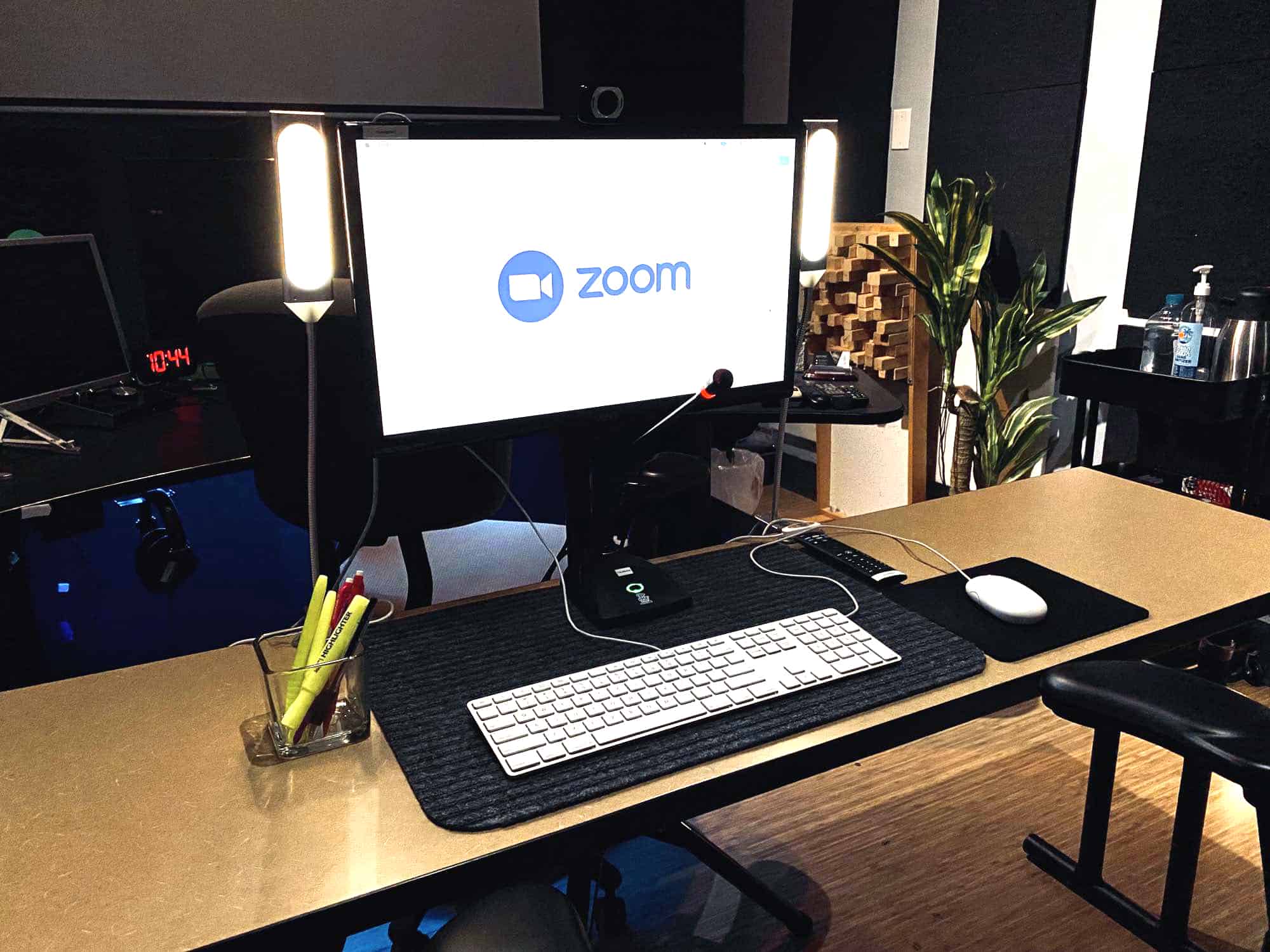 The rise of Zoom conferencing has enabled musicians to share ideas, experiment with sounds, and produce high-quality tracks without ever stepping foot into a recording studio. Producers can now direct a session remotely while the artist is at another location in the recording studio. Artists and talents can collaborate remotely in the convenience of their home studio.
The rise of Zoom conferencing has enabled musicians to share ideas, experiment with sounds, and produce high-quality tracks without ever stepping foot into a recording studio. Producers can now direct a session remotely while the artist is at another location in the recording studio. Artists and talents can collaborate remotely in the convenience of their home studio.
What is next for home recording and recording Studios?
With the price dip in the accessibility of audio gear, it has made it easier to set up a personal DAW to record, produce and create. In the last decade, we saw an influx of people becoming artists, producers, and audio engineers. Whether it is for a hobby or professional reasons is a different story.
Technology has brought us all closer together around the world, and at the same time flooded the industry with content ranging from poor quality to amazing.
At the end of the day, artists and audio professionals who have perfected their craft and know how to execute it with quality will shine. Those offering services at a high-quality level will continue to get the work. At the end of the day, it’s all about the product getting done at an affordable price with high quality.
Decades ago the recording studio used to be at the forefront and shine in the industry. Everyone wanted to be in the studio for the amazing gear, facility, producers, and engineers. Now that recording studios as we knew it decades ago are vanishing, the producers and engineers have become the stars themselves.
What new and innovative approaches will be used to create music in the future?
Music has been a part of human culture for thousands of years, and it will continue to be so in the future. However, the way we create music is changing rapidly. AI technology is now being used to create complex musical compositions that can be tailored to individual preferences. With AI-assisted composition tools, it is now possible to generate unique pieces of music with minimal effort. As AI technology advances, it could eventually replace traditional methods of creating music altogether. The possibilities are endless and we can only imagine what new forms of music will emerge in the years ahead as a result of this exciting new technology.
